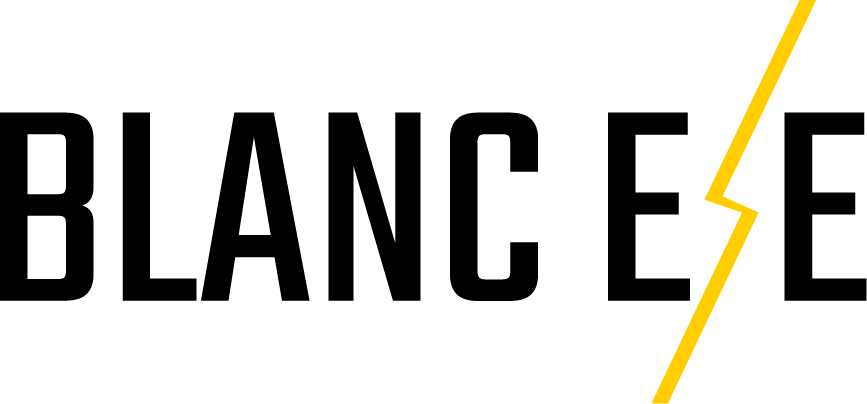As a construction equipment procurement manager, I've watched countless projects grind to a halt because standard forklifts couldn't handle challenging terrain conditions.
Rough terrain forklifts with 4WD capability1 solve material handling challenges2 on uneven, muddy, or unpaved construction sites where standard forklifts fail, ensuring continuous operations and improved safety.
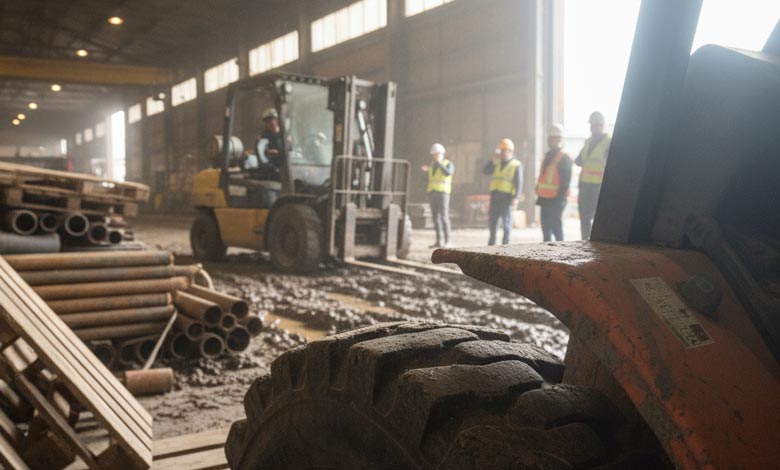
After years of working with BLANC-ELE as we've grown from a startup to serving customers globally, I've learned that terrain challenges can make or break project timelines. Let me share what I've discovered about upgrading your material handling capabilities.
Why Do Standard Forklifts Struggle on Construction Sites?
Standard warehouse forklifts face immediate problems when they meet real-world construction conditions. I've seen this countless times through our customer feedback.
Standard forklifts are designed for smooth, paved surfaces and cannot handle uneven terrain3, slopes, soft ground, or muddy conditions that are common on construction sites.
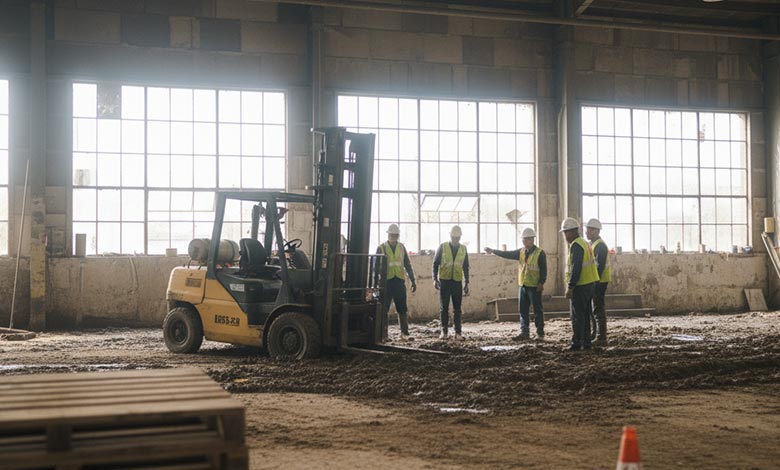
Standard forklifts have several design limitations that make them unsuitable for outdoor construction work. Their narrow tires provide minimal ground contact and poor traction on loose surfaces. The low ground clearance means they get stuck on rocks, ruts, or debris. Their 2WD system cannot distribute power effectively across uneven terrain3.
Since BLANC-ELE started in 2017, we've heard from countless customers about these exact problems. One Australian construction manager told me about a residential project where standard forklifts got stuck after heavy rain. The machines needed rescue every few meters. What should have been a 2-hour material delivery turned into a full-day nightmare. The project fell behind schedule, and workers faced safety concerns4 trying to manually move heavy materials.
The economic impact5 is significant. When forklifts can't operate, manual labor increases dramatically. Projects extend beyond planned timelines. Equipment rental costs mount as machines sit idle. Through our customer relationships, I've learned these delays can add 15-20% to total project costs.
What Makes Rough Terrain Forklifts Different?
Rough terrain forklifts6 are built specifically to handle challenging outdoor conditions. At BLANC-ELE, we've developed these machines to work where standard forklifts cannot even move.
Rough terrain forklifts6 feature 4WD systems, larger tires, higher ground clearance7, and reinforced chassis designed to operate safely on uneven, soft, or sloped surfaces up to 25 degrees.
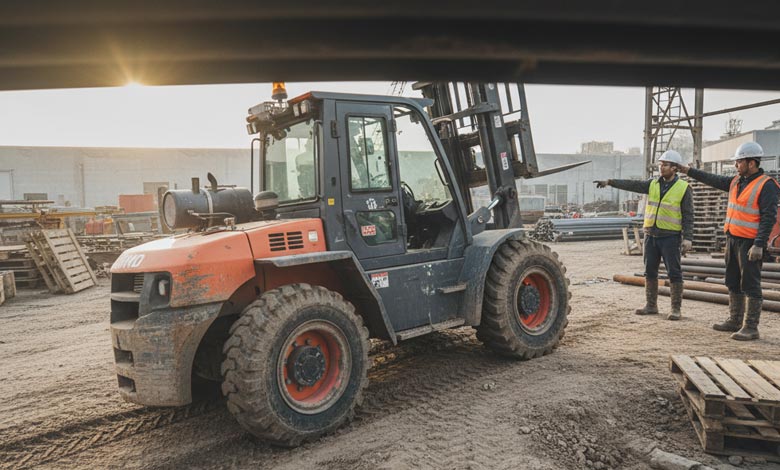
The key difference lies in their engineering approach. These machines use aggressive tread tires that dig into soft ground for maximum traction. The 4WD system distributes power to all wheels, preventing individual wheels from spinning uselessly. Higher ground clearance allows navigation over rocks, debris, and rutted surfaces.
| Feature | Standard Forklift | Rough Terrain Forklift |
|---|---|---|
| Drive System | 2WD | 4WD |
| Ground Clearance | 4-6 inches | 10-14 inches |
| Tire Type | Solid/pneumatic | Aggressive tread |
| Slope Capability | 5-10 degrees | Up to 25 degrees |
| Chassis Design | Lightweight | Heavy-duty reinforced |
The suspension systems also differ significantly. Rough terrain models include oscillating axles8 that keep all wheels in contact with uneven ground. This maintains stability and prevents the machine from rocking dangerously when lifting loads on slopes.
Our team at BLANC-ELE has tested these machines extensively across different terrains. We work with customers in muddy construction sites, rocky quarries, and steep agricultural areas. The difference in performance is remarkable. Where standard forklifts would struggle or fail completely, our rough terrain models operate confidently and safely. This real-world testing helps us continuously improve our designs based on actual field conditions.
When Should You Consider Upgrading Your Fleet?
Several warning signs indicate it's time to upgrade from standard to rough terrain forklifts. Through serving customers across Southeast Asia, Europe, and North America, I've learned to recognize these patterns.
Consider upgrading when your projects frequently involve unpaved surfaces, slopes over 10 degrees, muddy conditions, or when standard forklifts cause repeated delays and safety concerns4.
<sup id= Construction site conditions assessment](https://www.blanc-ele.com/wp-content/uploads/2025/09/all-terrain-forklifts-for-Construction.jpg) 9" />
9" />
Project site characteristics are the primary indicator. If your work involves outdoor construction, agricultural facilities, mining operations, or any unpaved areas, standard forklifts will limit your capabilities. Seasonal weather changes also matter. Sites that become muddy after rain or snow require machines that can handle these conditions.
Operational indicators include frequent equipment rescues, delayed material deliveries, and increased manual handling requirements. If operators regularly report difficulty navigating work sites, or if you're losing productivity due to terrain limitations, upgrade timing has arrived.
Financial signals include rising project completion times, increased labor costs for manual material handling10, and equipment damage from inappropriate terrain use. Our customers track these metrics carefully. When terrain-related delays add more than 10% to project timelines11, rough terrain equipment pays for itself quickly.
Safety considerations are equally important. When standard forklifts can't operate safely, workers resort to manual lifting or unsafe workarounds. This increases injury risk and liability exposure. Rough terrain forklifts6 eliminate these compromises by providing safe, efficient material handling regardless of ground conditions.
How Do You Choose the Right Rough Terrain Forklift?
Selecting the appropriate rough terrain forklift requires careful analysis of your specific operational needs and site conditions. At BLANC-ELE, we help customers make these decisions based on our technical expertise.
Choose rough terrain forklifts based on maximum lift capacity, lift height requirements12, site conditions, fuel type preferences13, and required attachments for your specific applications.
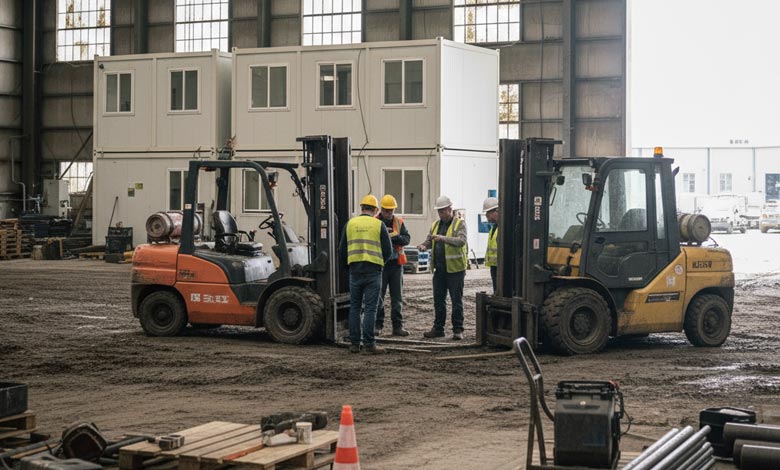
Capacity requirements come first. Analyze your heaviest regular loads and add 20% safety margin. Most construction sites need 5,000 to 10,000-pound capacity machines. Higher capacities are available but consider that larger machines have reduced maneuverability on tight job sites.
Lift height specifications depend on your typical storage and placement requirements. Standard rough terrain forklifts reach 12-20 feet. Telescopic models extend to 40+ feet but cost significantly more. Match lift height to your actual needs rather than choosing maximum capability.
Site-specific factors influence machine selection. Extremely muddy conditions require wider tires and lower ground pressure. Rocky terrain needs reinforced undercarriages and protective guards. Steep slopes require machines rated for your maximum grade requirements.
| Consideration | Key Factors |
|---|---|
| Capacity | Regular load weight + 20% margin |
| Lift Height | Maximum placement height needed |
| Terrain Type | Mud, rock, slope, debris conditions |
| Fuel Type | Diesel, propane, or electric options |
| Attachments | Forks, buckets, jibs, or specialized tools |
Fuel type selection depends on runtime requirements, emission standards, and refueling infrastructure. Diesel provides maximum power and runtime. Propane offers cleaner emissions with good performance. Electric models are emerging for sensitive environments but have limited runtime currently.
I always recommend testing equipment on your actual job sites before purchase. At BLANC-ELE, we provide demonstration units14 that allow real-world evaluation. This prevents costly mistakes and ensures the selected machine meets your specific operational requirements. Our global export experience helps us understand different regional needs and regulations15.
Conclusion
Rough terrain forklifts6 solve material handling challenges2 that standard equipment cannot address, improving safety and efficiency on challenging construction sites.
Learn how 4WD capability can significantly enhance forklift performance on challenging terrains. ↩
Understanding material handling challenges can help you choose the right equipment for your projects. ↩
Discover effective strategies for managing uneven terrain to keep your projects on track. ↩
Explore the safety risks associated with standard forklifts to make informed equipment choices. ↩
Understanding the economic impact can help justify investments in better equipment. ↩
Explore the advantages of rough terrain forklifts to enhance your construction operations and ensure safety. ↩
Learn why higher ground clearance is crucial for safe and efficient operation on construction sites. ↩
Discover how oscillating axles enhance stability and performance on uneven surfaces. ↩
Learn how site conditions impact equipment performance to make informed choices. ↩
Understanding the risks of manual handling can highlight the need for better equipment. ↩
Understanding project timelines can guide your decisions on equipment upgrades. ↩
Explore lift height requirements to ensure you select the right forklift for your needs. ↩
Learn about various fuel types to choose the best option for your operational needs. ↩
Discover the value of testing equipment on-site before making a purchase decision. ↩
Understanding regional needs and regulations can help ensure compliance and efficiency. ↩
